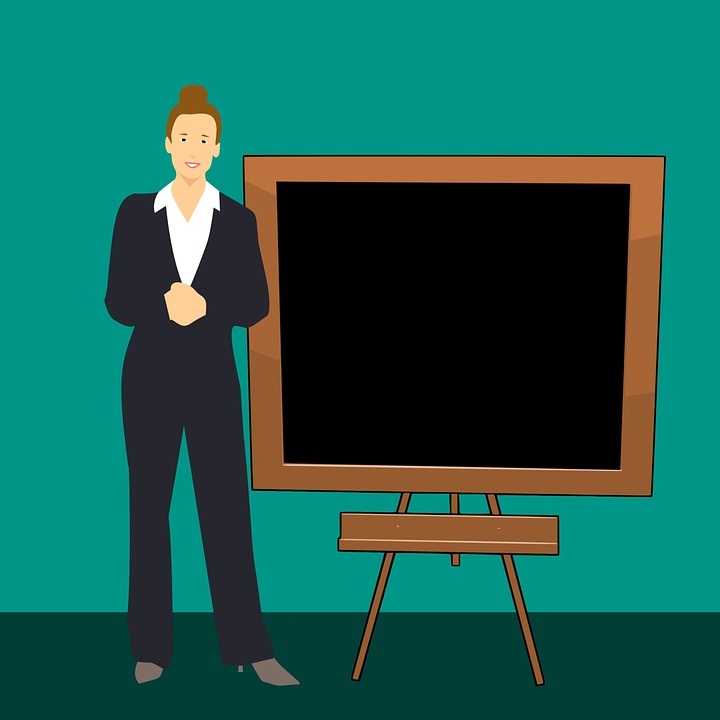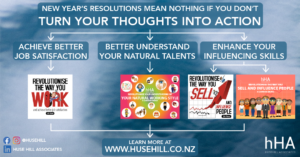Post Statistics
This post has 746 words.
This post has 4846 characters.
This post will take about 3 minute(s) to read.

The Education of Mankind at a formal intervention level was formed by Religion because they wanted their followers to have good household incomes so that they would be able to breed and grow their flock. Ultimately, the Education system became its own thing apart from Religion and Churches, when Religion had lost control of what people were learning as they wanted to teach them enough to be “fruitful and multiply” and still have control over their learning, but not teach them to be clever enough to question Religion’s dogma.
The Exclusive Brethren, for example, does not allow their members to go to any higher education after the age of 17, which is why you’ll find, in New Zealand, the Exclusive Brethren own and operates a lot of successful service industries. However, you won’t find many doctors, lawyers, accountants or University professors within the Exclusive Brethren.
For hundreds of years the “Talk & Chalk” model of a teacher in a classroom standing in front of a blackboard teaching the class was standard. This method went through several evolutionary technological changes. From blackboard to whiteboard to interactive whiteboard to overhead projectors to slide projectors and to PowerPoint presentations (followed by Death by PowerPoint). Then came eLearning which at a fundamental level is simply page-turning and people attending their “Talk & Chalk” outside of a classroom.
Then the IT cowboys showed up with supposedly the perfect training solution that allowed managers and corporations and training institutions to be able to tick the box of “I’ve trained them”. These Learning Management Systems (LMS) are just like Client Relationship Management (CRM), whereby they are administratively clever but very user-unfriendly/. I often hear of many tales of large corporations spending $100,000s on their systems and having them result in poor user uptake
All of the above developments were moving towards the “flipping the classroom” system where initially people came into a classroom to be exposed to learn new things then do their application of the learning as homework by themselves. The modern technologies now allow students to learn at home which, because of the delivery of technology, can be stop-started-reversed-replayed, and learn at their own pace. Then they come to the classroom group setting where they can learn application of knowledge through group discussion and supervision, hence a flipside of the original model.
All of the above is great, however, just like with sex education, what they were taught in a classroom did not teach them as much as what they learnt from social discussion and then individual application, that is hands-on learning.
At last, smarter organisations have woken up to the fact that social learning is how humans learn best. That is where people can do self-paced learning with the information being supplied using multimedia delivery. One of the best delivery systems on the market today is Modlettes, where the chosen learnings can be delivered across video, images, readings, slideshows and audio with knowledge quizzes throughout and a competency test in the end to allow people to get to the appropriate level of mastery.
To embed these knowledge/skills/competencies into an organisation’s culture and M.O, the organisation needs to run social learning sessions on a weekly/monthly basis of 1 to 2 hours, where the facilitator is guiding group discussion through asking questions that lead the application of learning in the appropriate direction, which the attendees can then take back to the workplace.
It’s interesting that over 10 years ago, I stopped the delivery of my Revolutionise the Way You Sell and Influence People programmes from ½ day/1 day workshops to 1 day a week, 2 hour sessions spreading the 24 hours of learning over 12 weeks. In the first session new material is introduced along with supplementary reading. For the 2nd session we discuss what we learned in the first session and what it meant to each person and then introduce new learning material. In the 3rd session we have discussion around the application of what we have learnt in the 1st session, revise material learnt in the 2nd session and then finish the workshop by introducing more new material. And so on it goes for the rest of the programme.
Without realising it, I was taking the best of Mankind’s learning developmental changes to this programme. As a result, most attendees doubled their sales and some even went to 300% of their selling targets, and in the open-commission scheme they are employed under, they enjoy very good incomes and job satisfaction.



